When it comes to tires, not many people are as fortunate as Papillion, Nebraska, collector Ron Maeder.
Maeder agreed to purchase a 1952 Cockshutt 20 from a man in South Carolina with the stipulation that the seller could keep the new tires that he had recently bought and put the old tires back on. However, to Maeder’s surprise, the old tires actually had the name “Cockshutt” molded into them.
Even if such tires do have a little damage, they can often be refurbished with a little rubber putty, tire paint, or tire liners.
Unfortunately, far too many original tires have rotted away after years of sitting in a pasture. Consequently, tire condition and the subsequent cost are things nearly every tractor restorer has to consider before and after a purchase.
That is especially true if you’re looking at a big tractor like a John Deere R or a McCormick Deering WD-40. You can easily spend over $1,000 on a new set of rear tires for either one.
Tire sizes changed
If your goal is to restore a vintage model to show condition and if you’re after accuracy, then your search for a rubber replacement could be challenging.
Tire companies changed not only their size standards but also their tire styles, as more effective patterns were discovered.
Ed Miller, president of M.E. Miller Tire, notes, “When rubber tires were first used on tractors in the mid-1930s, the widest rear rim produced was 8 inches. With larger tires, the sidewalls were pulled in, causing the tire to be very rounded. The first tire sizes were the approximate tread width measured to the closest .25 inch.”
In 1938, Miller says, wider rims were used for better tire performance. With wider rims, the tire beads were not pulled in as far, which allowed the tread to flatten. A deeper tread helped the tires become even more efficient. However, this second size change still used the approximate tread width, which measured to the closest inch with no decimal points.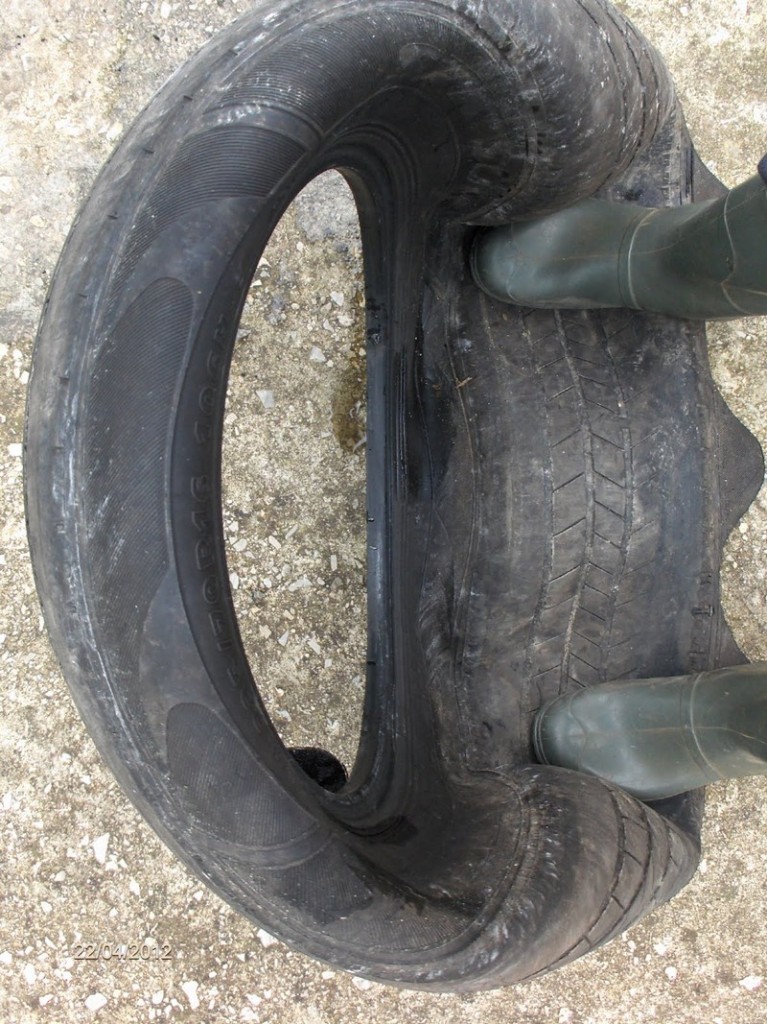
“In the mid-1950s, the third-number method began,” Miller says. “The new numbers referred to the overall width of the tire, from sidewall to sidewall, and they measured to the closest .10 inch."
The tires basically still had the same overall diameter and width as the second method, but they had a new number size. In the meantime, the tread bar angle went from 45°, which was still used through the 1940s and 1950s, to the 23° angle, which was first introduced in 1960 by Firestone.
Does new work with old?
The question these days is, “Can I use the new tire sizes on my old, narrow rims?”
Miller says that is fine if you’re restoring the tractor for show. He recommends wider rims for farming or tractor pulling. When used on older rims, he says, the tire beads will be pulled in and will make the tire look more rounded and balloon-like, resembling the old tire look.
The rims produced before 1940 had a 1.4-inch flange height compared with the 1-inch flange on today’s rims.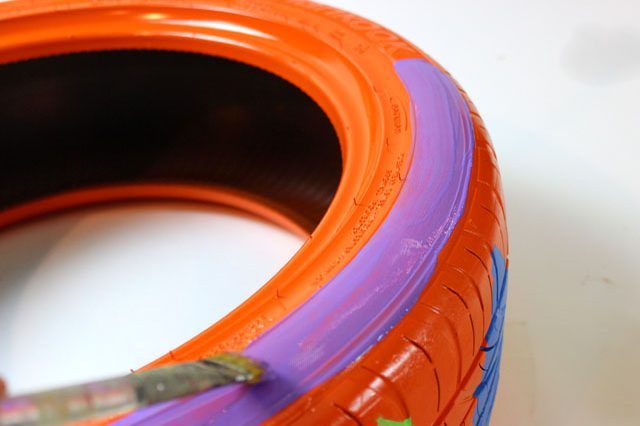 Hence, modern tires may not look right on old rims, even though they will work.
Hence, modern tires may not look right on old rims, even though they will work.
Fortunately, there are other options if you prefer the original appearance. Independent sources for most sought-after sizes and types of tractor tires include M.E. Miller Tire, Gempler’s, and Wallace W. Wade.
In fact, M.E. Miller Tire already stocks approximately 30 different vintage farm tires that have been reproduced right down to the Firestone name on the side. The company continues to add more each year.
Miller says some of its latest additions include vintage implement tires, such as a 4.00-36 Firestone tire for hay rakes and other equipment, and the 7.50-18 Firestone closed-tread tire that matches those used on old corn pickers, manure spreaders, and corn binders.
However, at around $275 each, they may not be for everyone. On the other hand, Miller has a large investment, too, considering the small market and cost of molds and license agreements.
Tire Market Expands
As the interest in tractor restoration has grown, even some of the bigger players like Titan Tire have gotten into the game.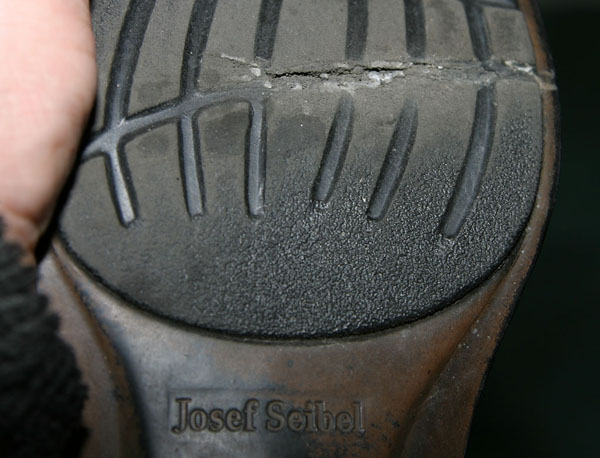 As an example, Titan Tire offers a number of bias tires in vintage tractor sizes, including 12.4-38, 13.6-38, and 15.5-38.
As an example, Titan Tire offers a number of bias tires in vintage tractor sizes, including 12.4-38, 13.6-38, and 15.5-38.
“Titan Tire basically retooled retired molds acquired in the prior acquisition of the General Bias Farm line that have been sitting in storage for the past 16 years,” says Scott Sloan of Titan. “So we brought them back into production primarily for the collector market. These are the older designs with a 30° lug.”
Titan Tire even went a step further for those who use their tractors primarily for tractor cruises and parades. In cooperation with the FFA, Titan Tire developed a conventional R-1 bias tire with a solid rib down the center, connecting all of the lugs, known as CRCR (Comfort Ride Center Rib) technology.
“The CRCR provides an extremely smooth ride and improves lug wear during those long rides on the road,” Sloan says, noting that it is currently available in the three new sizes mentioned previously. “A portion from the sale of each tire is donated to FFA.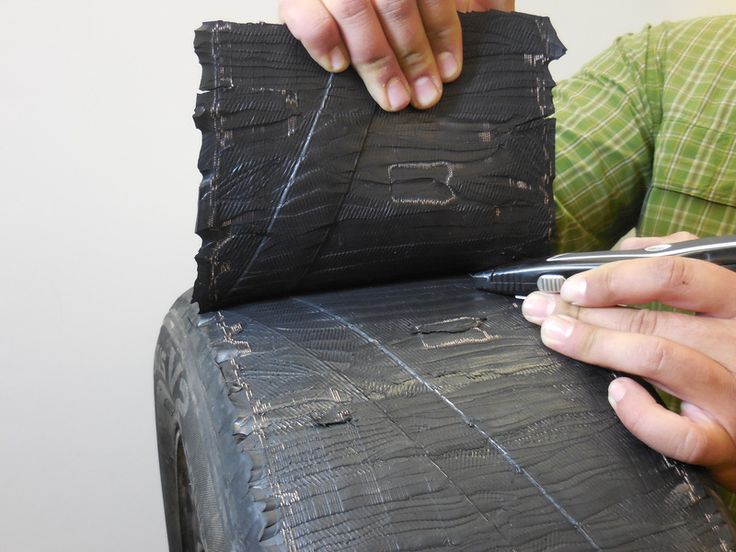 ”
”
On the other hand, if you’re lucky enough to find a tractor with original tires that have minimal damage, there are also a few options depending upon how you plan to use the tractor.
Options for old tires
If the tires are for show and parades only, you might consider using rubber putty (sold by M.E. Miller and Gempler’s). Available as a kit, the chemically self-vulcanizing putty will cure at room temperature when the two parts are mixed in equal proportions. A special vulcanizing cement is used to treat the rubber surface so it forms a tight bond.
While Miller suggests 3 inches as the limit on the size of a gash it can repair, the material is ideal for filling injuries, spot repairs, and repairing torn lugs. However, it’s important that the tire first be inflated so the rubber can mold to the true shape of the tire as it would be on the rim.
“If the damage is very deep, I would suggest that a tire shop put a boot on the inside before mounting it on the rim and inflating the tire,” Miller says. “If repairing a cut, I would also recommend cutting or grinding out a V-shape groove so putty can be put down into the injury.”
“If repairing a cut, I would also recommend cutting or grinding out a V-shape groove so putty can be put down into the injury.”
Reliners to the rescue
For tires that have exposed cords, breaks, or cuts on the inside,
Gempler’s has an option in the form of tire reliners. Available as spot reliners or as a pair to cover the full circumference of the tire, the reliners are made from old tires that have had the lugs ground down, making the reliner itself about .25 inch thick. Generally, they come in half-moon shapes so they can be inserted into the old tire. An inner tube is then inserted into the tire, where, once inflated, it holds the reliners in place.
One last product for tire restoration is black tire paint (available from M.E. Miller as well as a few other companies). Sold in quart and 1-gallon sizes, the product is a permanent, water-based paint that gives dull, faded tires a nonglossy, like-new finish. It will also fill in some of those small weather-check cracks that develop in old tires. Most important, it won’t rub off, even when wet.
Most important, it won’t rub off, even when wet.
Approximately three billion automobile tires were produced worldwide in 2019 alone. Automobile tires are the classic example of a high-volume product derived from non-renewable petroleum resources that is designed for single use; they do not fit the desired paradigm of reduce, reuse, recycle.
Some old tires are used as fuel in the cement industry or ground into rubber crumb and used as a reinforcing agent — parents will be familiar with the rubber mats used in children’s playgrounds.
These are inefficient ways to utilize a non-renewable resource. Problematically, many tires end up in tire landfills where they risk contaminating the local environment through leachate (the liquid that percolates through waste sites and into the ground) or worse, through fires that release toxic gases and particulate into the atmosphere.
On Dec. 20, 2019, a difficult-to-control fire broke out at the TRACC tire recycling plant in Minto, N.B., where approximately one million tires were stored. It took one week to put the fire out. Such fires aren’t uncommon: another notable tire fire happened 30 years ago, when 14 million tires in Hagersville, Ont., burned for more than two weeks.
20, 2019, a difficult-to-control fire broke out at the TRACC tire recycling plant in Minto, N.B., where approximately one million tires were stored. It took one week to put the fire out. Such fires aren’t uncommon: another notable tire fire happened 30 years ago, when 14 million tires in Hagersville, Ont., burned for more than two weeks.
In the 1840s, Charles Goodyear discovered a process called vulcanization that converts soft natural rubber into hard wearing rubbers. Vulcanization uses sulfur chains to bridge large organic molecules into a network, and is still widely used to produce automobile tires.
Prior to advances in automobile design, notably the advent of steel-belt and radial profiles 50 years ago, tires would need to be replaced after 20,000 to 40,000 kilometres. We now expect tires to last 100,000 kilometres. That reliability on the road makes tires extremely difficult to recycle.
In my lab, the Brook Research Group at McMaster University, we have discovered an efficient and mild process that uses silicone chemistry to break the sulfur-to-sulfur bonds that hold tires together.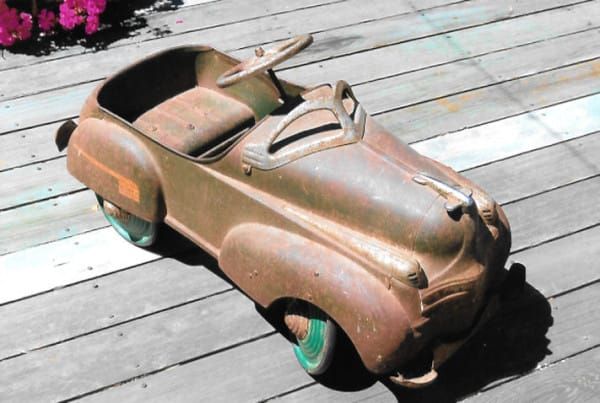 The silicones selectively cut the sulfur-sulfur connections, leaving only organic chains that can be easily isolated and reused to create new products. This process, originally designed to make new silicones using very small quantities of a catalyst, has been repurposed to address the sustainability of petroleum-based tires.
The silicones selectively cut the sulfur-sulfur connections, leaving only organic chains that can be easily isolated and reused to create new products. This process, originally designed to make new silicones using very small quantities of a catalyst, has been repurposed to address the sustainability of petroleum-based tires.
The chemical process first involves cutting tires into sections and then forming powdered crumb from them, steps that are currently used in commercial tire recovery plants. Then, a mild, rapid reaction produced by heating this material with specific silicones at 100C for 45 minutes converts about 90 per cent of the available organic materials into a readily processed pale yellow oil. The remaining substances — such as inorganic carbon, silica, metal and polyester cord fibres — are readily removed by filtration.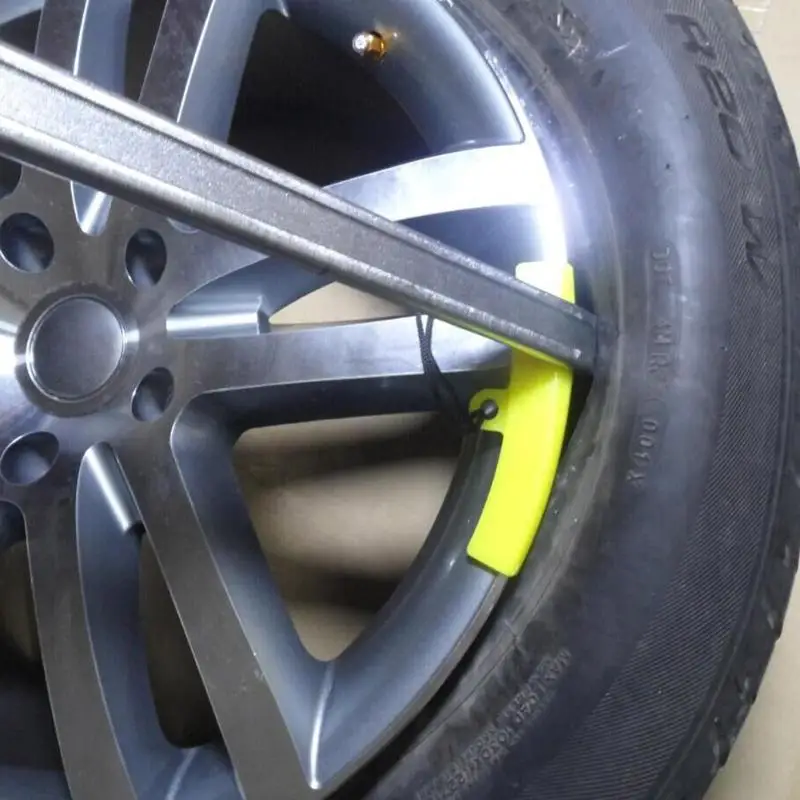
The oils recovered from used tires are very similar in constitution to the virgin polymers initially used to make new tires. My lab has also demonstrated that they can be repurposed.
In one instance, the recovered polymers were converted back into new rubbers, as shown above with the tire of the model toy car. The inorganic residue, initially removed by filtration, could also be reused as a reinforcing agent in the new rubber.
There is more work to be done. We need to better establish the range of products that can be made from the recovered polymers and reduce the quantity of catalyst needed to improve the economics of the process.
The overall process offers an opportunity to close the loop on automobile tires, as the rubber can be efficiently degraded and then reused to make other useful materials. It provides a new strategy to re-purpose the valuable materials in used tires and simultaneously address a perplexing environmental problem.
[ Expertise in your inbox. Sign up for The Conversation’s newsletter and get a digest of academic takes on today’s news, every day. ]
Sign up for The Conversation’s newsletter and get a digest of academic takes on today’s news, every day. ]
In one of the previous articles, we talked about how to properly dispose of car tires. This is indeed a very serious problem, because the number of discarded but not properly disposed of tires in Russia is measured in millions of tons. Another opportunity to reduce environmental damage is the retreading of used tires.
The idea of extending the life of car tires dates back to the last century. Always and at all times, zealous car owners wanted more resource from tires. The most widespread are two technologies - the replacement of the tread tape and the so-called recutting of the tread (regruving). Those who remember the times of the USSR are probably familiar with the latest technology - during the years of total shortage it was a popular way to extend the life of tires, including cars. Of course, this happened with varying success - for example, retreaded tires could explode while driving due to the destruction of the cord.
Of course, this happened with varying success - for example, retreaded tires could explode while driving due to the destruction of the cord.
The second technology is the so-called welding, that is, the replacement of the tread tape with a new one, using a cold or hot method. Currently, this is the most popular method of tire retreading, which, however, has a number of limitations. Let's look at each technology in turn.
To begin with, the most important thing. Car tire carcasses are not designed to be reused, so they cannot be restored in any way! Everything that will be said about retreading applies only to "commercial" tires for trucks, construction equipment and buses. These tires have a strong all-metal carcass that can withstand much more than the tread, as well as a special design designed for two to three times recovery.
First, let's talk about regrooving the tread, or, as it is also called, regrowing.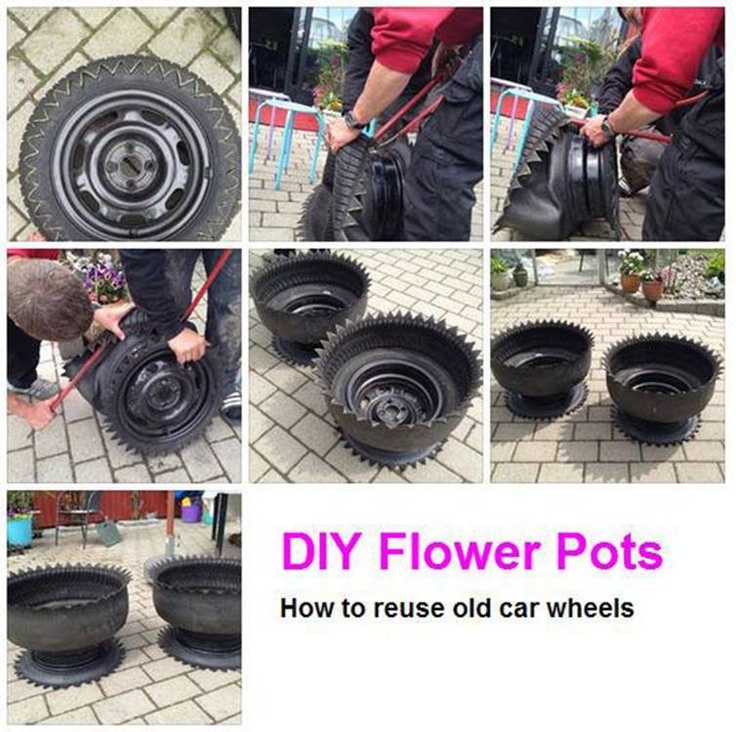 This is a procedure for deepening the tread with a hand-held cutting tool. Of course, this can not be done with any tires, but only with those that have the Regroovable marking.
This is a procedure for deepening the tread with a hand-held cutting tool. Of course, this can not be done with any tires, but only with those that have the Regroovable marking.
In such cases, the design of the tire implies an additional layer of rubber at the base of the tread, which allows you to deepen the pattern by about 3 millimeters, thereby “winning” another 35-40 thousand mileage. The optimal moment for recovery is tread wear up to 3 mm.
Image: Michelin
This retreading method is considered to be the most inexpensive - spending only 3-5% of the cost of a new tire on regrooving, you can get another 20-30% of the original resource.
Regrowing also has disadvantages. The success of the operation depends entirely on the quality of the framework and the skill of the specialist performing the recutting. Some tire brands allow multiple regrooving for certain models, but after that, the tread must still be replaced. In addition, in a number of countries, the installation of "undercut" tires on the front axles of buses is prohibited at the legislative level.
Retreading, or changing the tread band, is the most common way to retread truck tires, allowing them to recover at least 50-60% of their original life. Retreaded tires are widely used in all world markets, for example, in Europe they account for more than half of total sales.
Given the high quality of the tire carcass, welding can be performed repeatedly, increasing the tire life up to 450-500 thousand kilometers. Hardfacing can be cold or hot. Let's analyze the differences between these technologies.
When retreading car tires in small factories, the cold method is most often used.
Image: GoodYear
It looks like this. The worn tire is placed in a special machine, where the tread layer is removed from it with a cutter. The breaker layer is carefully inspected for defects, which are repaired using pneumatic tools. The next stage is extrusion, in which the breaker is covered with a layer of raw rubber covering all defects.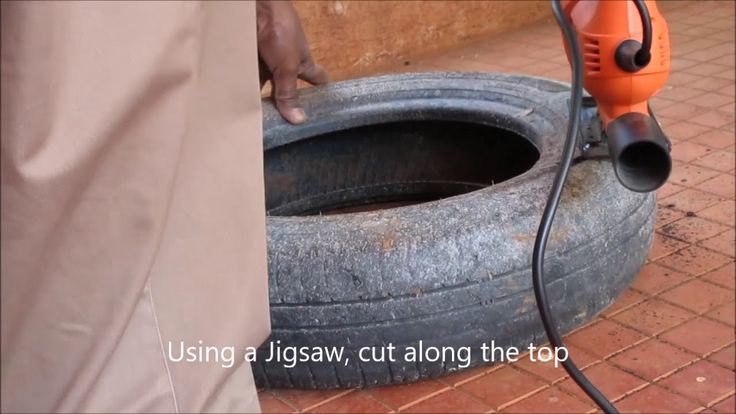 After that - another layer of raw rubber.
After that - another layer of raw rubber.
Images: Nokian Tires
Next, the tread tape is applied to the tire. As a rule, all major tire manufacturers produce such tapes, for example, Nokian Tires calls such treads Noktop and E-Tread. An interesting feature of the Noktop tread is the two-layer structure. A softer top layer provides improved traction in winter. By spring, it wears off, revealing a more rigid tread, optimal for use at positive temperatures.
Image: Nokian Tires
The assembled tire is placed in a so-called envelope, from which the air is evacuated. Next, the tires are placed in an autoclave, where, at a pressure of about 4 atmospheres at a temperature of 110 degrees Celsius, the vulcanization process takes place. As a result, the tread is tightly connected to the tire carcass.
The second technology - hot vulcanization - is distinguished by the highest quality of recovery, but due to its high cost and energy consumption, it is used only in large-scale industries.
Hot welding is performed at 180 degrees Celsius and its main difference from the cold process is that a large layer of raw rubber (including sidewalls) is applied to the prepared carcass and then vulcanized with a press -shape on the tire is formed tread pattern - just like when creating a new tire.
For example, GoodYear has this technology called TreadMax or Next Tread. Technology means not only the tape itself, but also special equipment complete with technological maps.
Hot retread tires are more expensive than cold retread tyres, but their quality and service life are higher.
Modern technologies really make it possible to provide high-quality and even repeated retreading of truck and commercial car tires. But restoration is different for restoration - an artisanal procedure, performed in violation of technology, can lead to the separation of the tread tape and the destruction of the tire carcass while driving.
That's why, when choosing retreaded tires, contact only certified suppliers who work according to official factory technology and comply with all necessary quality standards. Buying “nameless” retread tires can be too expensive!
Published:
04.02.2016
For more than a decade, successful enterprises have been operating in most foreign countries, specializing in the retreading of heavily worn tires. The most famous tire manufacturers open subsidiaries that deal with this industry. Such repaired wheels acquire a second life, they are sold at a low cost, which especially attracts economical car owners. Tire retreading is done in several ways, which boil down to “building up” a new coating. It is worth understanding the need to purchase such tires, their wear and tear and strength.
Refurbished tires are an order of magnitude cheaper than new ones In recent years, the government has been trying to optimize automotive production waste, secondary raw materials are recycled as much as possible in order to further save money and protect the environment.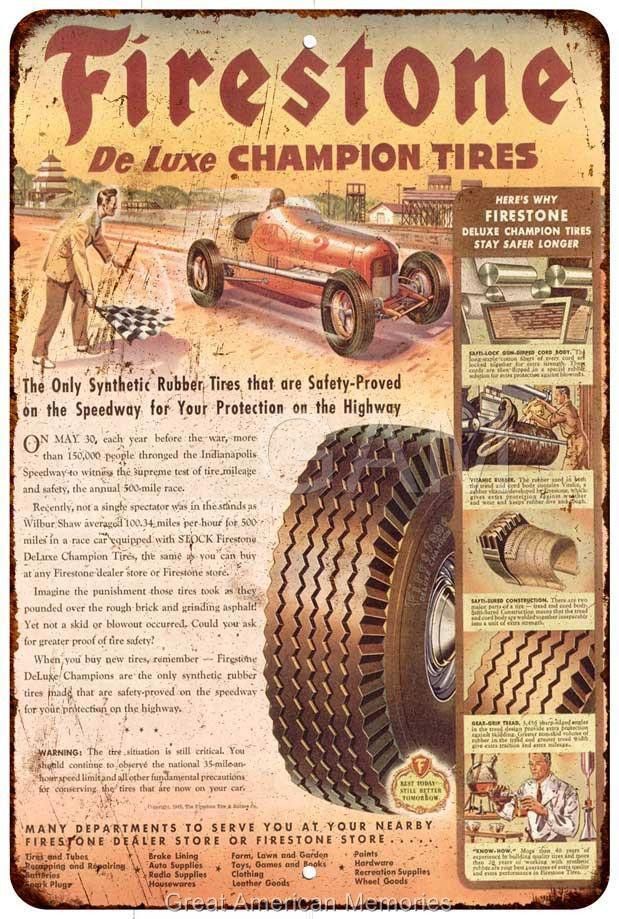 The second "life" of used wheels after rehabilitation saves no less than fifty percent of the total costs.
The second "life" of used wheels after rehabilitation saves no less than fifty percent of the total costs.
Rubber recovery is done in two main ways:
In the first case, the used tire is carefully cleaned and multiple depressions are created in the primary pattern, naturally, this leads to a decrease in the rubber layer. This method is not always safe, because the behavior of such a wheel is unpredictable.
In the second case, there are two options for further actions:
Repaired wheels work almost the same, hot tire retreading gives less chance of defects, but with the “cold” method, tires can be reanimated more than once.
Not all tires are subject to the possibility of restoration, it is necessary to take into account the condition of their carcass.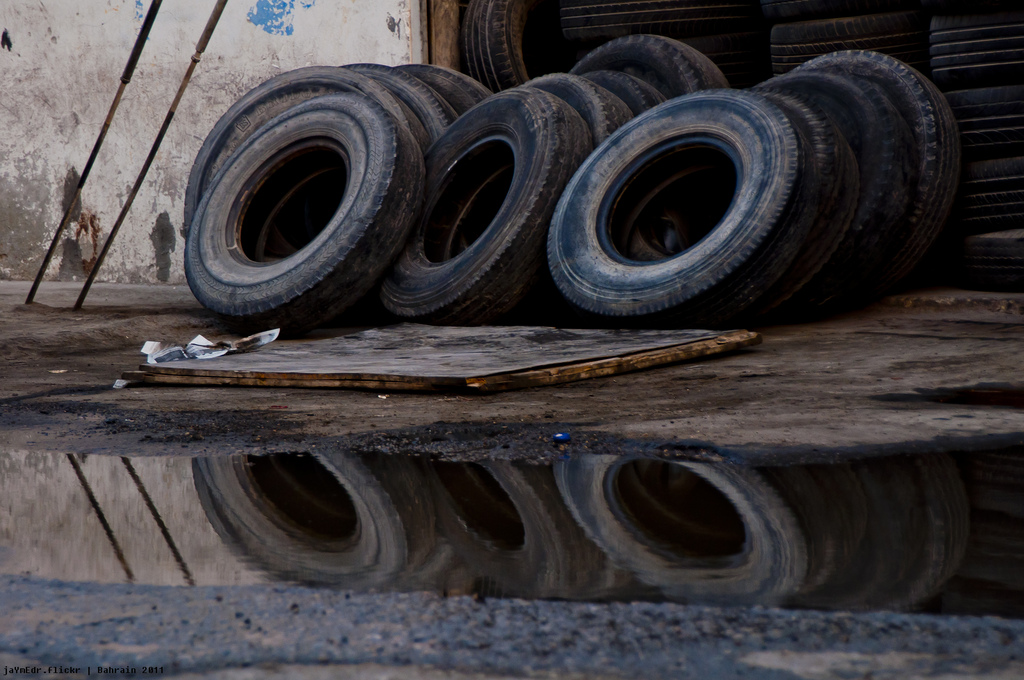 Therefore, first of all, tires are diagnosed, the damage received during operation is examined. The inner and sides of the tire, its beads and crowns should be as intact as possible, which will ensure further serviceability.
Therefore, first of all, tires are diagnosed, the damage received during operation is examined. The inner and sides of the tire, its beads and crowns should be as intact as possible, which will ensure further serviceability.
The second stage of the ongoing work is the removal of the worn tread. The rubber is inserted into a special device, where it is inflated with air and the upper rubber layer is removed from it. The next stage is roughening, which allows you to weed out worn wheels. Tires to be repaired eliminate minor flaws, in particular, remove cuts and punctures.
Tire retreading requires certain skills, the new build-up layer is covered with liquid rubber, which allows you to qualitatively and reliably remove old damage and ensure tight contact between the tread and carcass. The primer is carried out by a manual extruder, after which a protector is applied, which has a certain pattern. The thickness of the rubber layer is cut to the circumference of the tire on a full air tire.
In a special machine, the tire is folded into an envelope and put on the tube and rim. A perfectly restored tire is sent for vulcanization in an automated autoclave, where the tread tape is securely fixed, creating a single structure with the carcass. The rim and chamber used in the process are later dismantled.
Cold recovery as a result is checked by additional diagnostics. After passing the pressure test, the tire is equipped with a warranty card. In some service stations you can get a guarantee for a hundred thousand kilometers.
Ways to "resuscitate" tires have several things in common:
However, although the two methods have so many similar operations, the recovery process is different.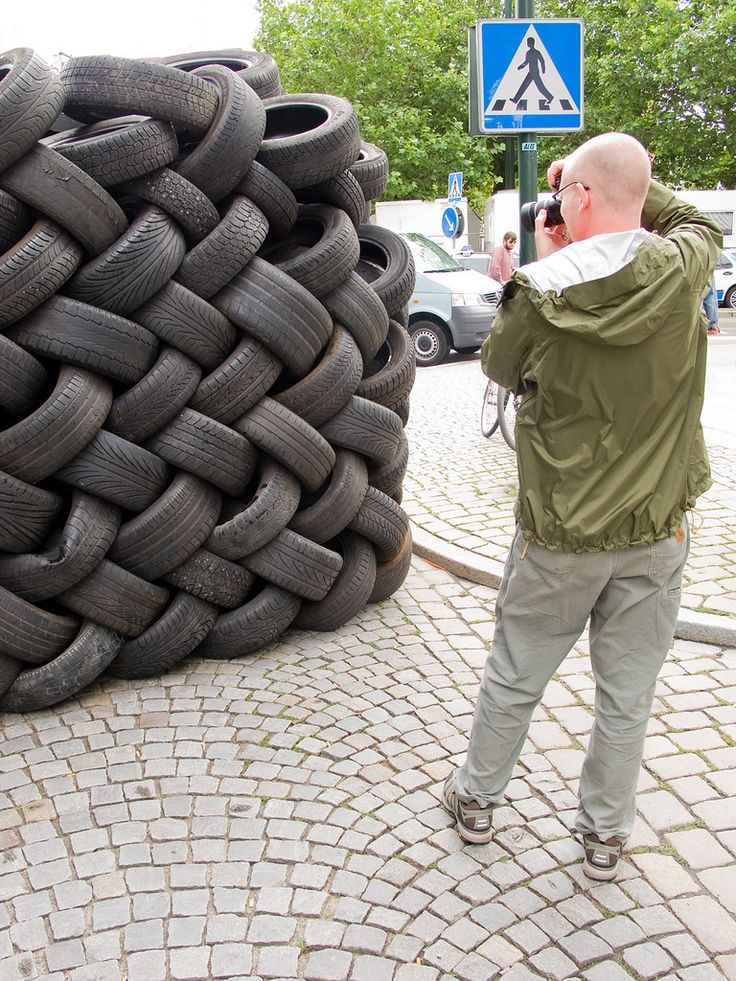 Cold retreading allows you to renew large size tires (R14-R24). This category includes tires for trucks, large vehicles and Jeep class cars.
Cold retreading allows you to renew large size tires (R14-R24). This category includes tires for trucks, large vehicles and Jeep class cars.
The hot method is carried out as follows: a simple unvulcanized rubber layer is applied to the used tire. The subsequent application of the pattern occurs during further vulcanization. The new pattern has been applied to molds operating under pressure at a temperature of 140 °C. Recently, this method has practically not been used, but it is optimal for passenger tires with a wheel size of R13–R16, as well as minibuses.
When choosing between new tires and retreads, you should be aware of all the risks that previously used tires are exposed to. Tire retreading methods are different, a lot of money is required for such an operation, because for “rehabilitation” you need specialized equipment, trained specialists and high-quality material, preferably domestic production.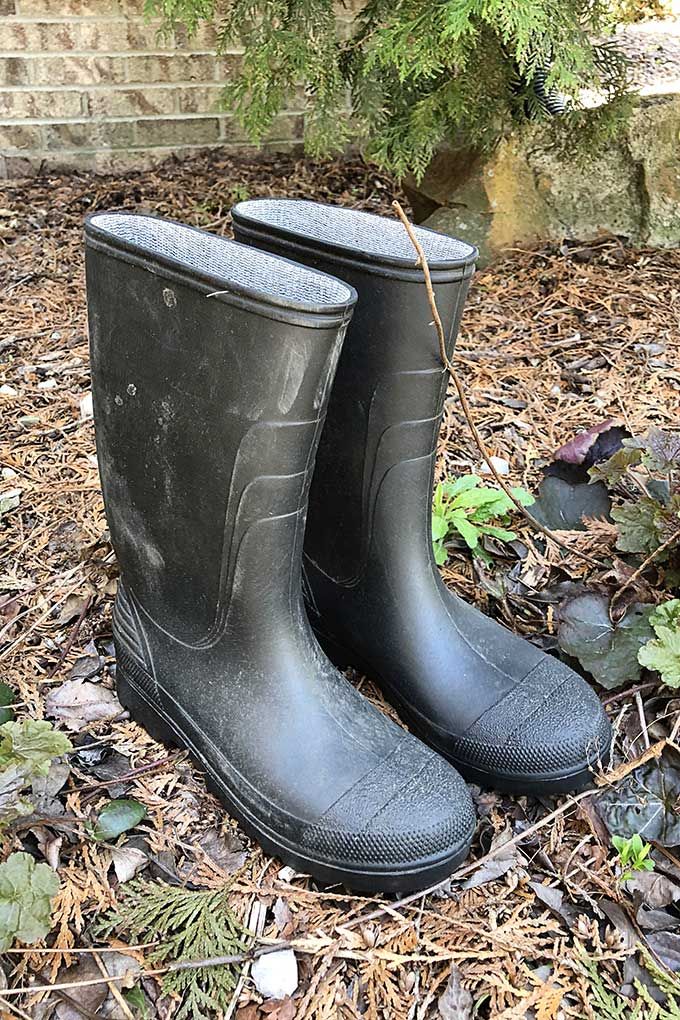
It's no secret that most car owners always focus their choice on products imported from abroad. The worn tread will be repaired with Russian materials, which makes the quality of such a unit questionable. It is too expensive to use foreign rubber plates.
Tire retreading is allowed with slight wear. This is possible only when the tires functioned under normal conditions, the tires did not experience a large load, the cord was not damaged, and there were no deformations. However, in practice this is simply impossible, which is why only single wheels with good external characteristics are suitable for restoration. Despite the fact that sometimes a tire is capable of maintaining performance for up to five years, it must constantly be inspected for aging and cracks, otherwise this can lead to disastrous consequences - a wheel with a crack will burst at any moment.
There is another significant drawback - it is not always possible to balance such a wheel.
So, if this technology has so many disadvantages, why use it? Let's see, in fact, not everything is as bad as it might seem at first. A car with high mileage gained in a short period of time will run great on retreaded tires. Qualified craftsmen working on good equipment will quickly and efficiently repair such rubber.
Restoring winter tires will help the owner save a considerable amount of money, specialists will be able to:
However, you shouldn't ride resuscitated wheels all your life, it's known that if you're stingy, you'll have to pay twice. Remanufactured tires require a more careful attitude: it is undesirable to break the speed limit, to behave aggressively while driving.